Stewardship Stories: Garden Favorites
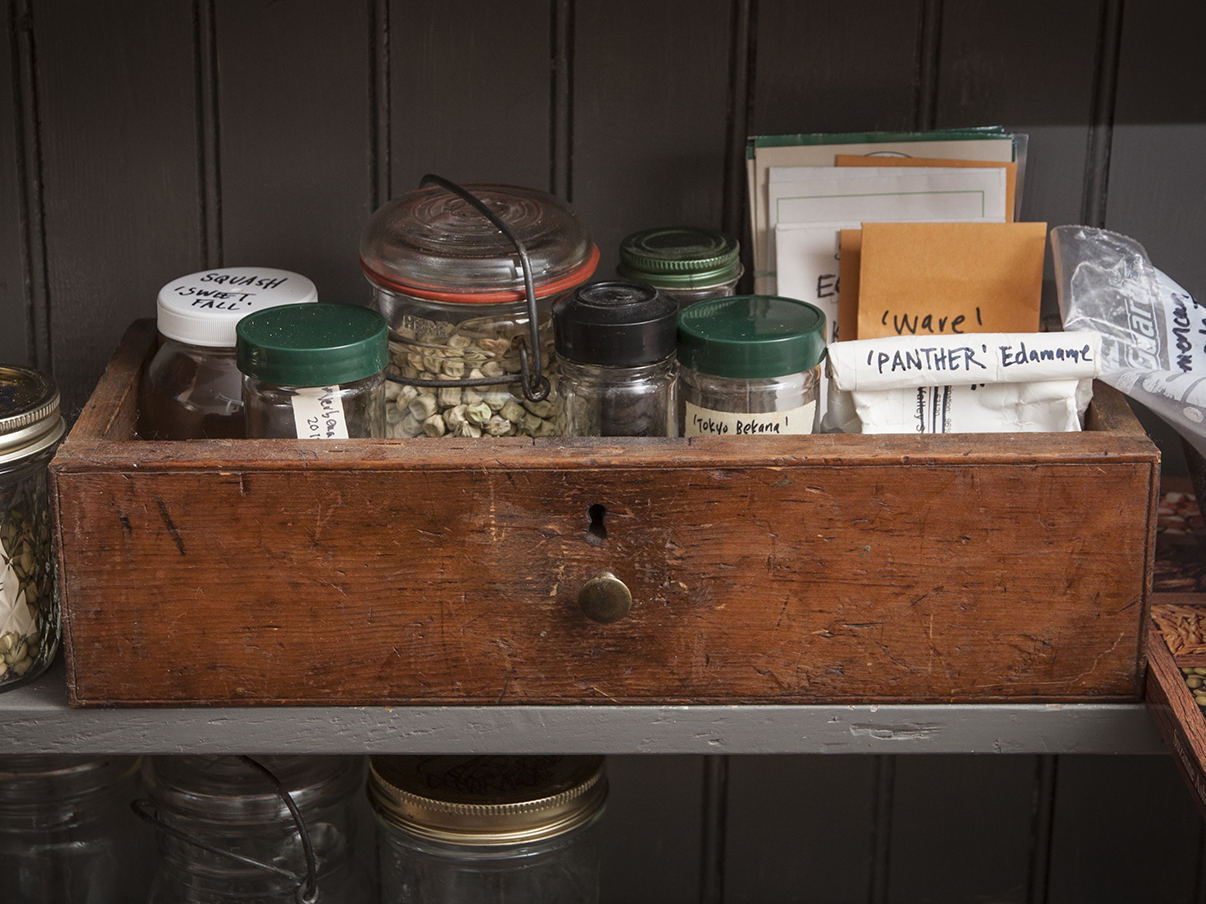
Garden Favorites
‘Pioneer Pinto’ Bean
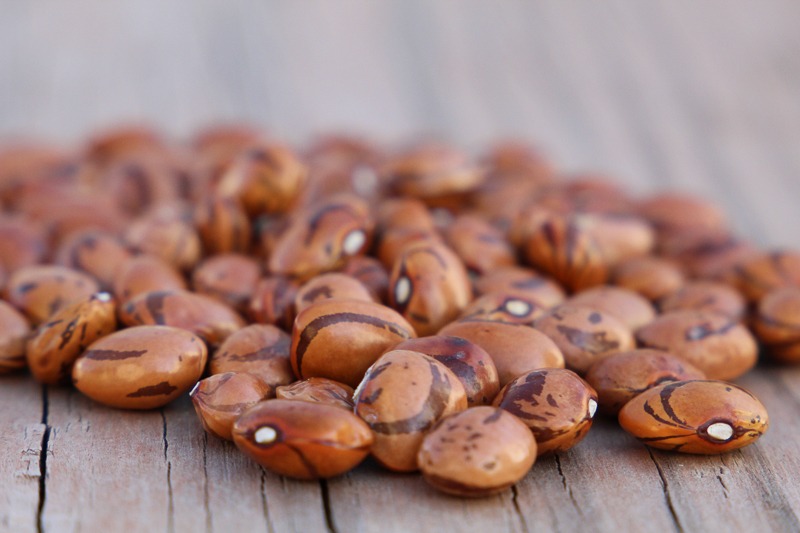
The ‘Pioneer Pinto’ bean is one of Arne Boresson’s family heirlooms. It originally came to Oregon in the 1880s when his ancestors carried it via the Oregon Trail. Donated by Alan and Linda Kapuler.
‘Lenore’ Flint Corn
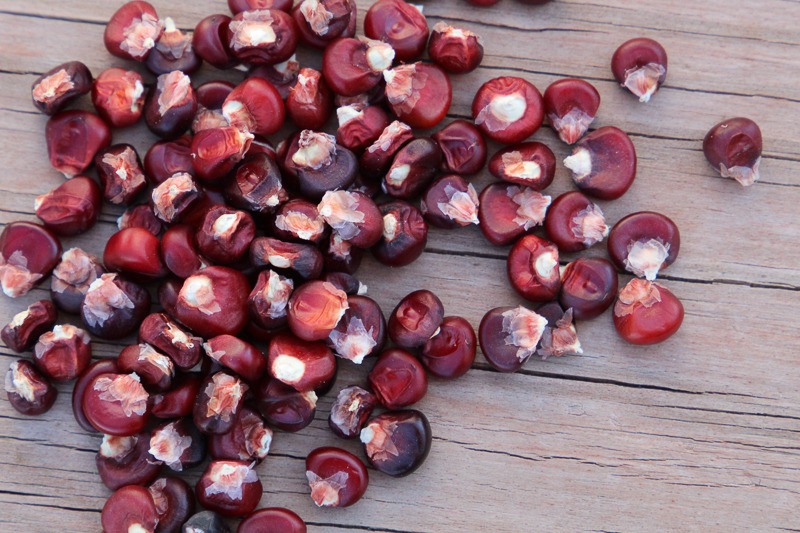
Glenn Drowns developed ‘Lenore’ flint corn as part of his senior project in college. Glenn hoped to breed corn that was entirely maroon red for his thesis project.
Donated by Glenn Drowns.
‘Valena Italian’ Pole Bean
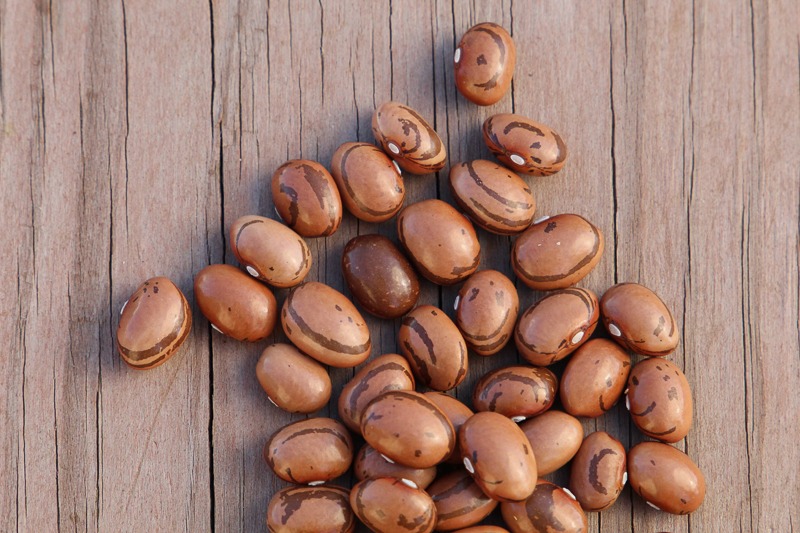
Even though this variety looks extremely similar to the ‘Pioneer Pinto’ bean, they have wildly different backgrounds. Denise Dunton’s grandparents brought the ‘Valena Italian’ pole beans back to the United States in 1966 after visiting their extended family who remained in Italy.
Donated by Mike and Denise Dunton.
‘Lancaster Surecrop’ Corn
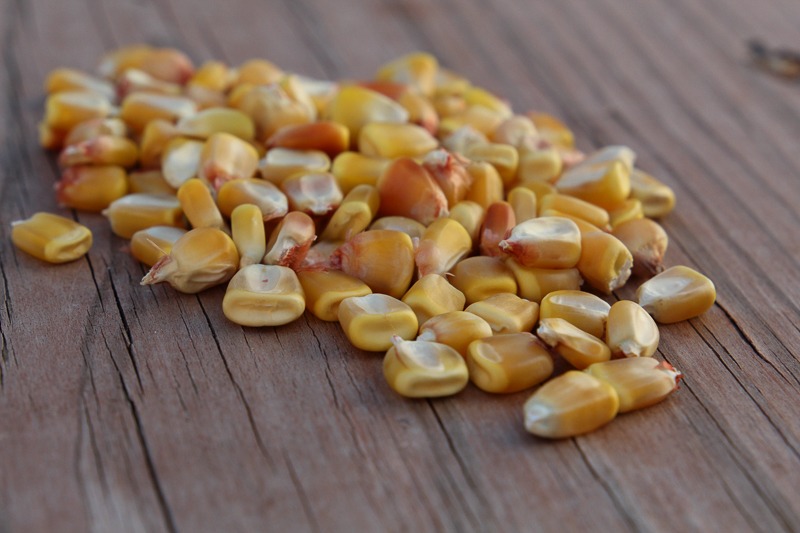
‘Lancaster Surecrop’ corn was developed by Isaac E. Hershey and his son Noah Hershey of Lancaster, Pennsylvania in the early part of the 20th century. It was used as a parent for many varieties of modern field corn.
Donated by Landis Valley Museum’s Heirloom Seed Project
‘Hmong Bitter Red Ruffled’ Eggplant
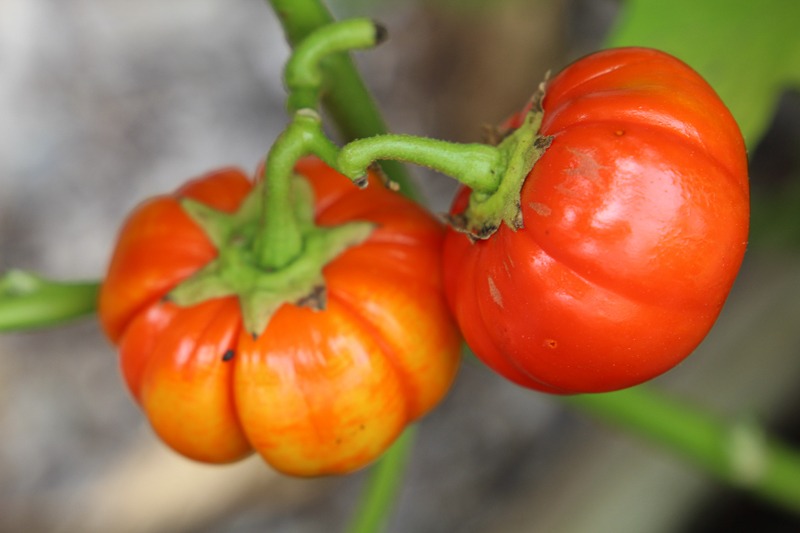
Suzanne Ashworth received this unusual ‘Hmong Bitter Red Ruffled’ eggplant from Mrs. Tria Thao, a parent of a student at the Sacramento Pacific Elementary school. Suzanne uses them for Japanese flower arranging.
Donated by Suzanne Ashworth.
‘Schimmeig Creg’ Tomato
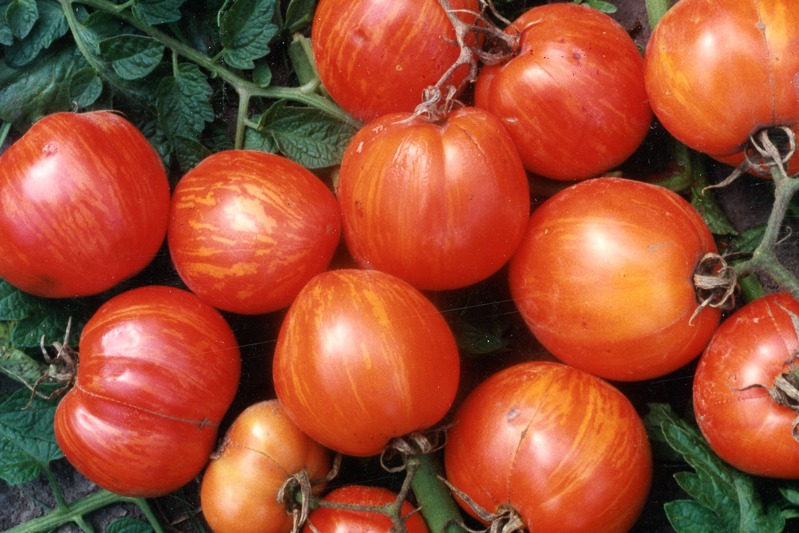
‘Schimmeig Creg’ tomato: Tom Wagner bred this beautiful, striped tomato when he was only 13 years old. Giving varieties like the ‘Schimmeig Creg’ Manx names is Tom’s way of honoring his maternal grandfather, who was from the Isle of Man in the British Isles.
Donated by Tom Wagner.
‘Pennsylvania German Red’ Lima Bean
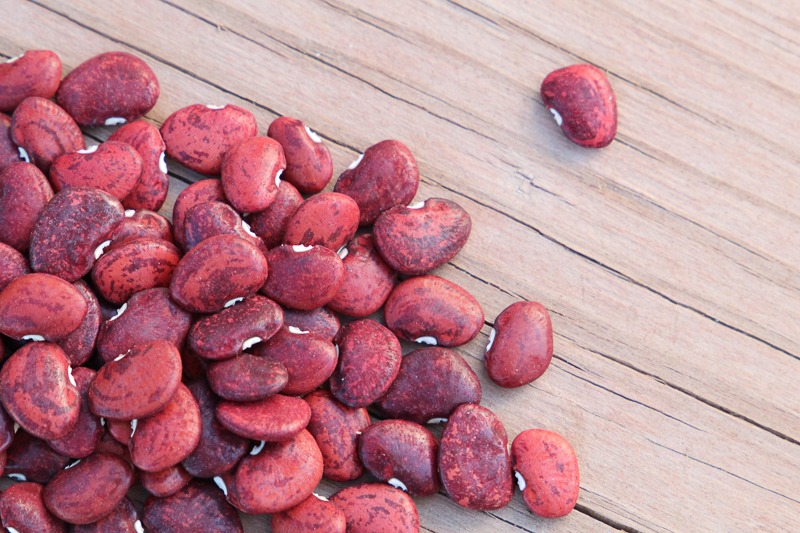
‘Pennsylvania German Red’ lima beans trace back to E.B. Raybe who got the seed from a Lancaster County minister and his wife. They used them to add color to their recipe for a regional pickled relish called “Chow Chow.”
Donated by Landis Valley Museum Heirloom Seed Project.
‘Gilo Verde Escuro’ Egpplant
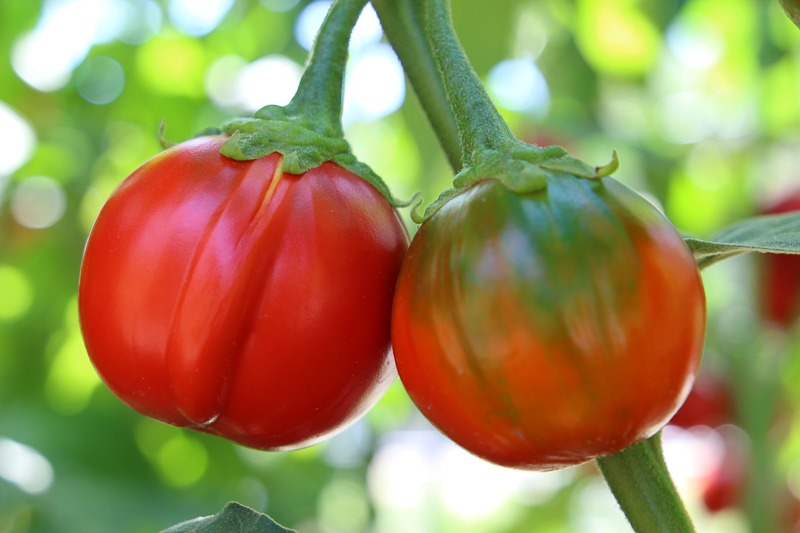
‘Gilo Verde Escuro’ eggplant: This eggplant traces back to John M. Riley, the co-founder of California Rare Fruit Growers and an eggplant enthusiast.
Donated by Suzanne Ashworth.
More to Explore
As these intrepid visionaries demonstrate, seeds are all about community. Like-minded gardeners and seed savers build this community on the Exchange, a network for sharing and swapping seeds.
If you are passionate about seeds and gardening, we invite you to explore the thousands of varieties available on the Exchange. Become part of this vibrant community by sharing seeds of your own or requesting seeds from other gardeners.
Seed Savers Exchange has led the heirloom seed movement since 1975, inspiring a generation of seed companies to specialize in rare, regionally adapted, delicious, and irreplaceable open-pollinated varieties. Many of these companies were founded by our own Seed Savers Exchange members. Rather than allowing heirloom and historic varieties to vanish or go unnoticed, these members launched an uncoordinated, organic, and persistent resistance to the disappearance of heirloom seeds. This first wave of heirloom seed companies did not offer seed catalogs in response to consumer demand. Instead, they created it.
Originally a part of the “Rise of the Heirloom Seeds” exhibit made possible by The 1772 Foundation.
This is the story of one of nine small seed companies and a few of the varieties they have preserved. While each and every one of their backgrounds is as unique and bold as the varieties they share, they all have one thing in common: the passion for sharing seeds.
Bios written, interviews, and correspondence by Kelly Loud with help from Sara Straate.
Special thanks to the following people: Alan and Linda Kapuler, Suzanne Ashworth, Craig Dremann, Steve Sando, Mike and Denise Dunton, Tom Wagner, Joanne Ranck-Dirks, Sue Ellen Majer, Bill McDorman, and Glenn Drowns.